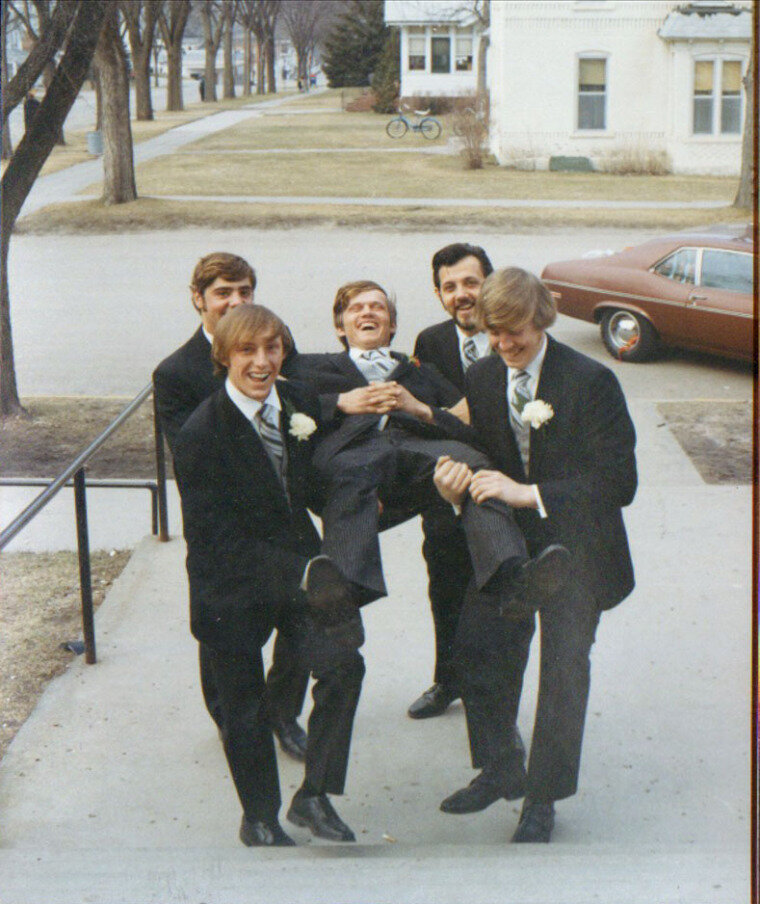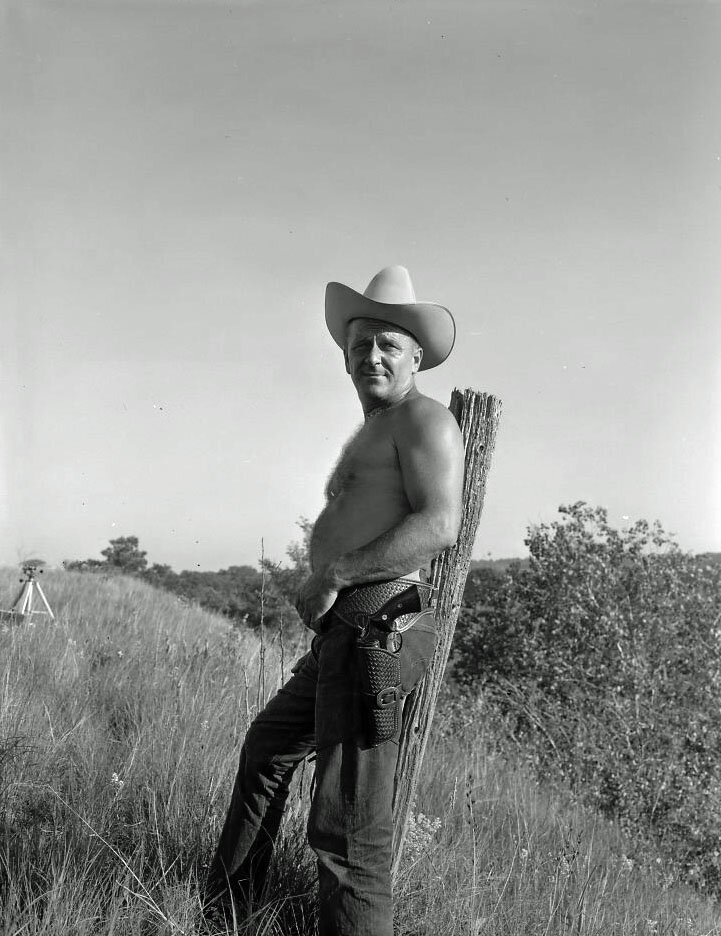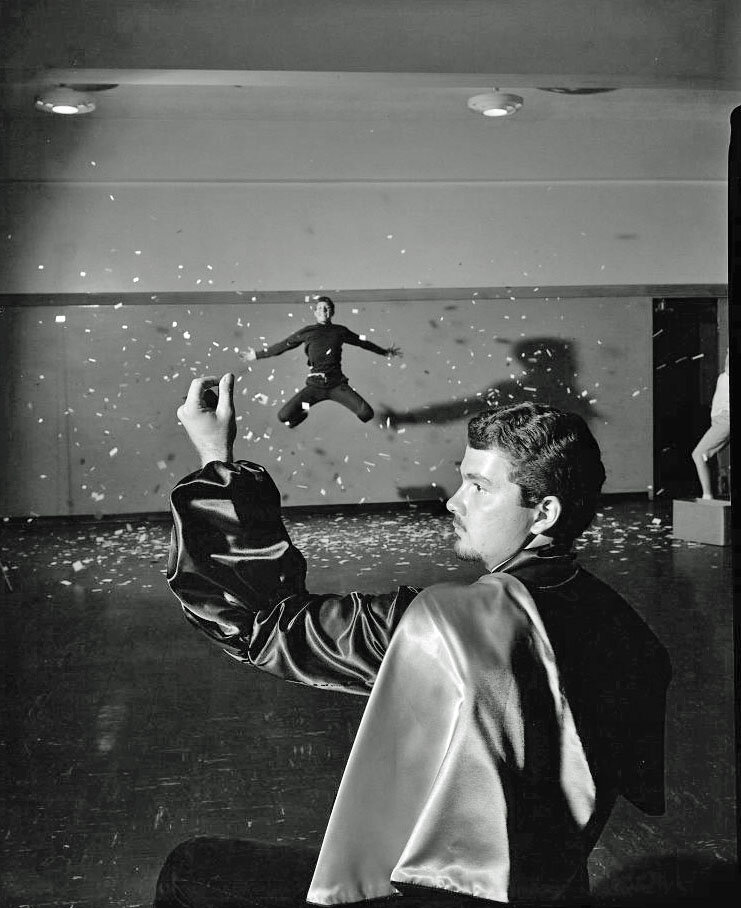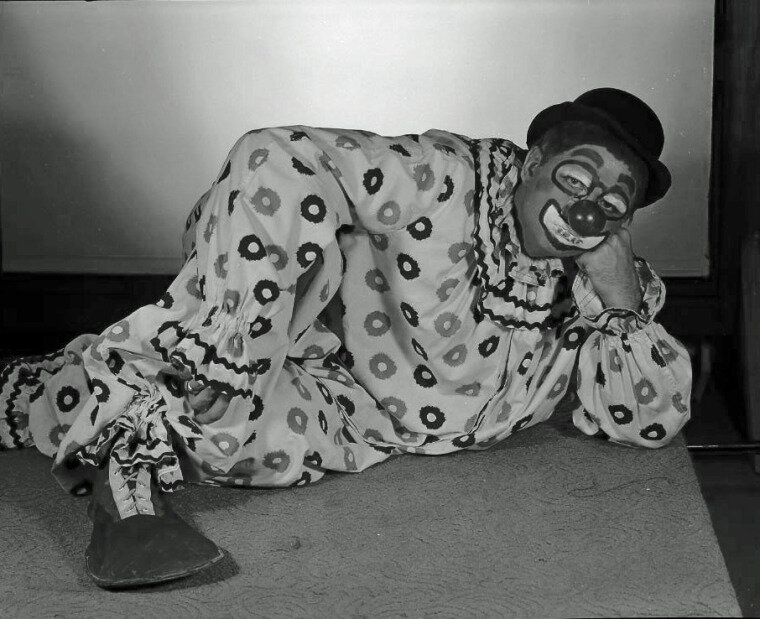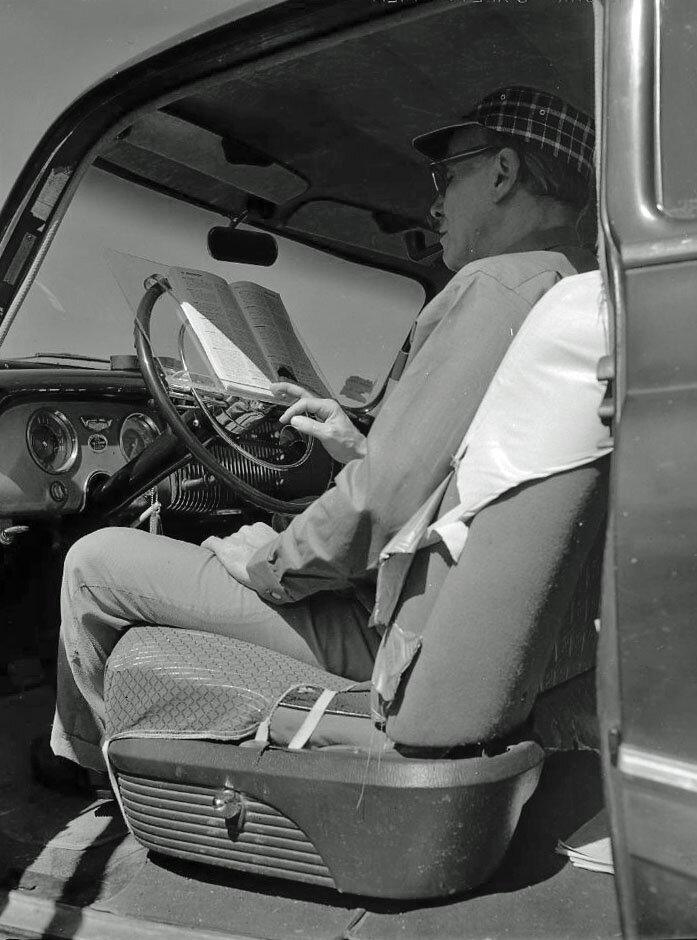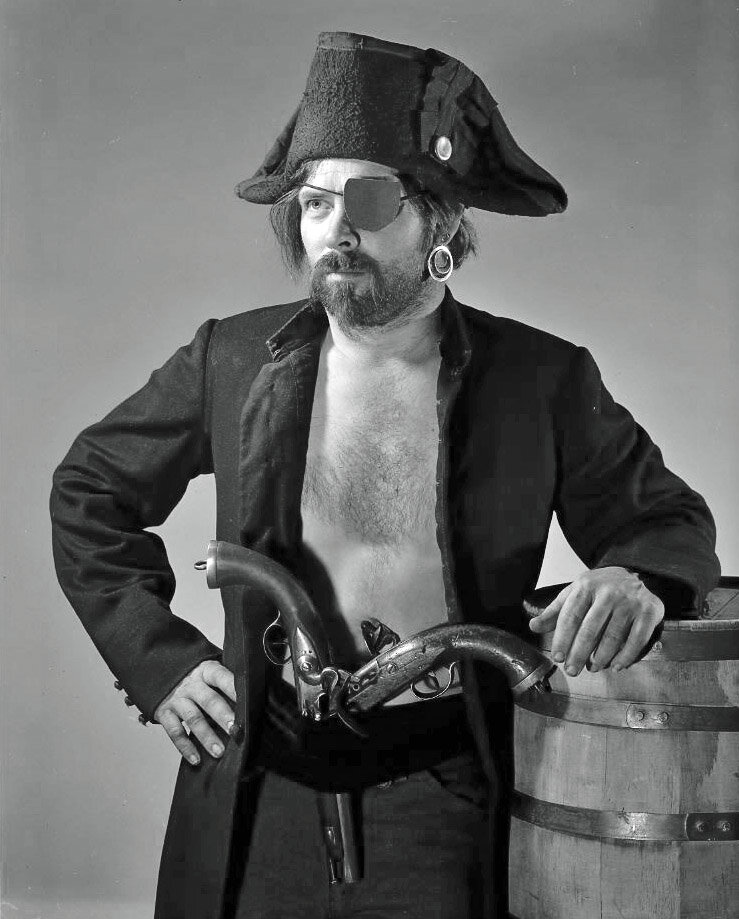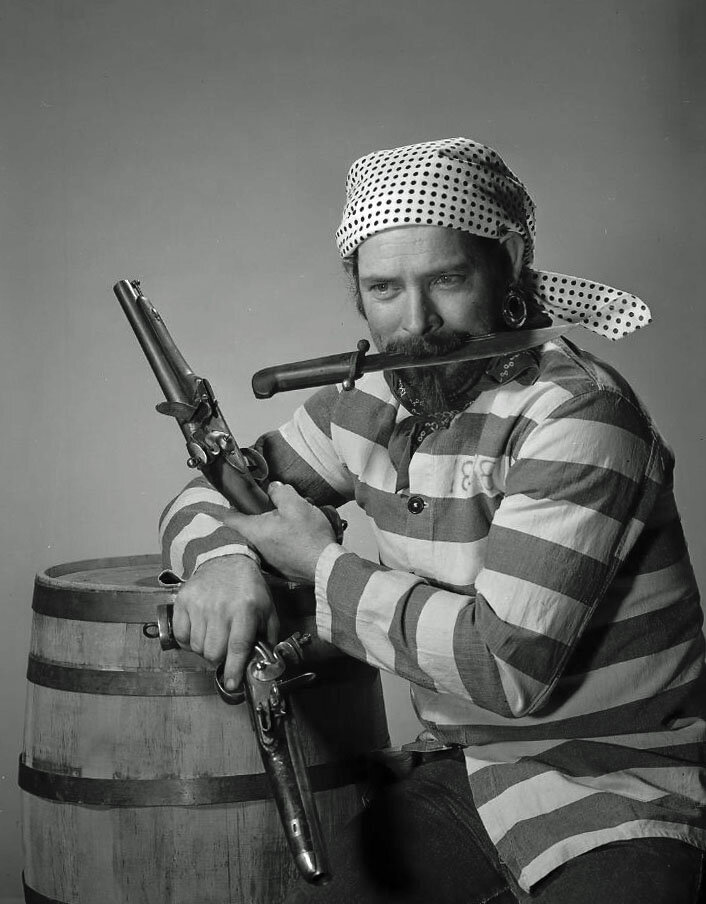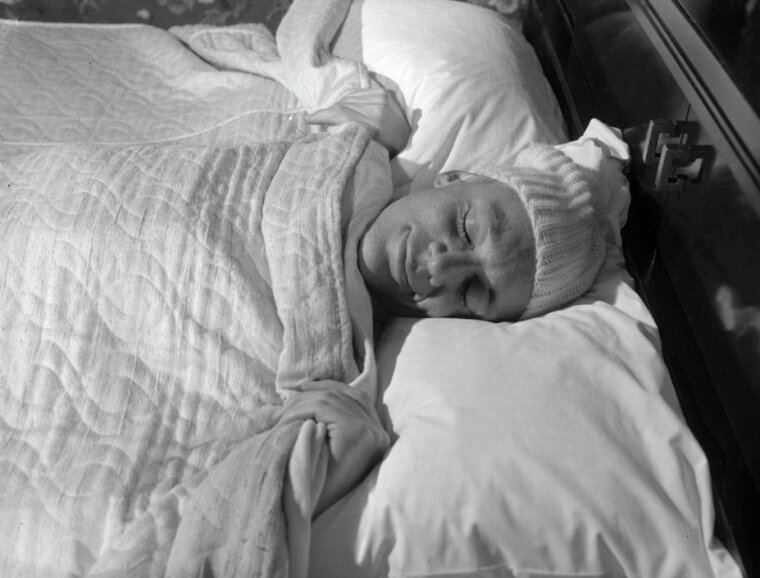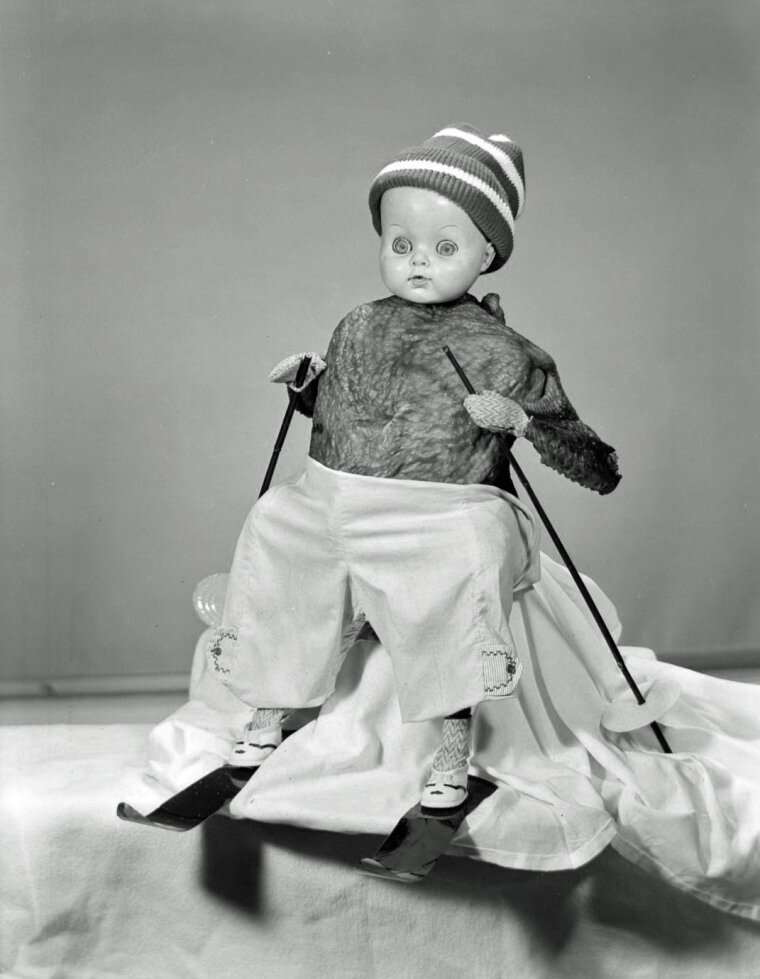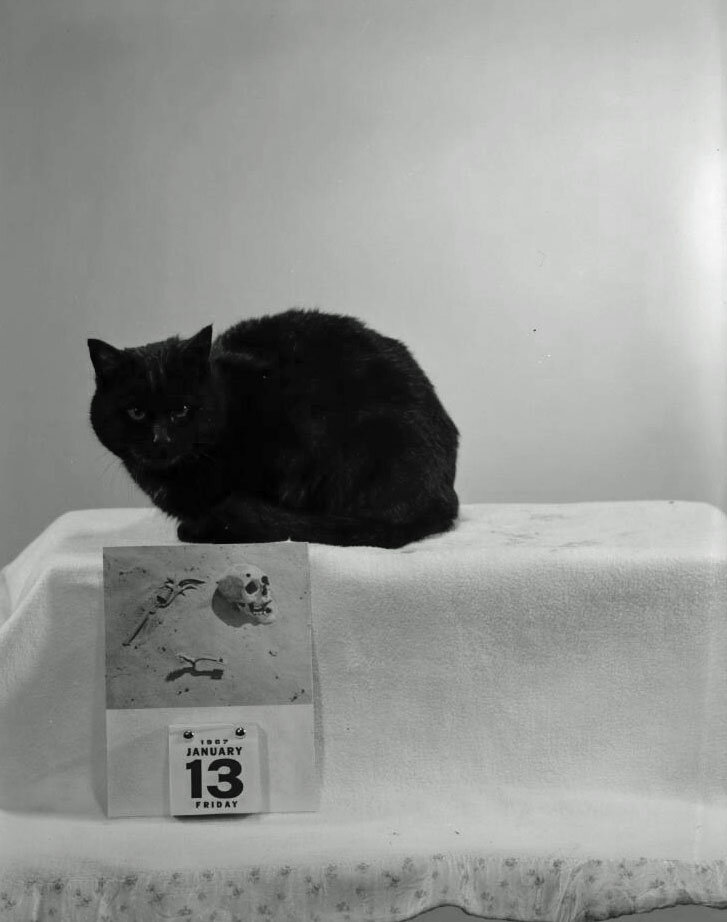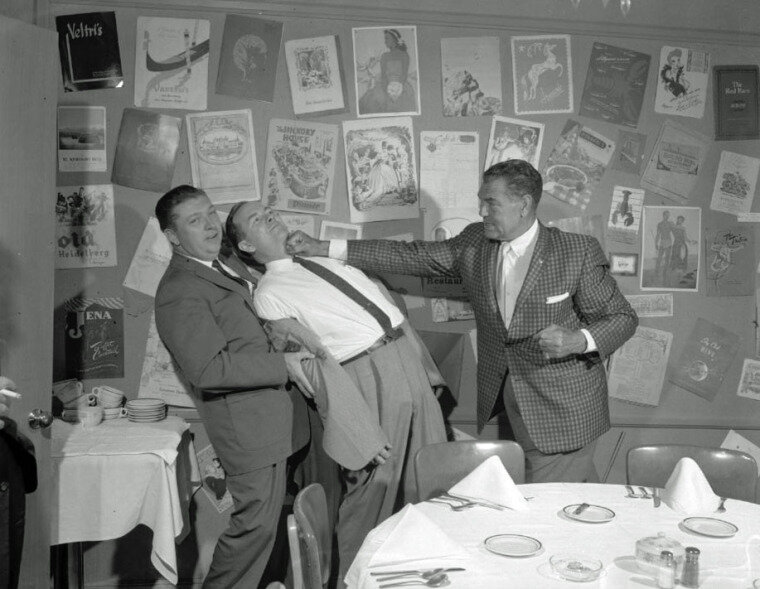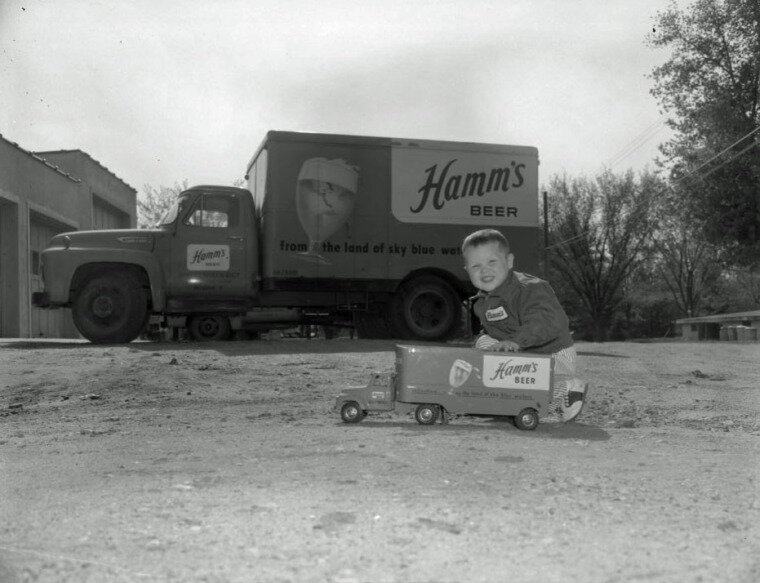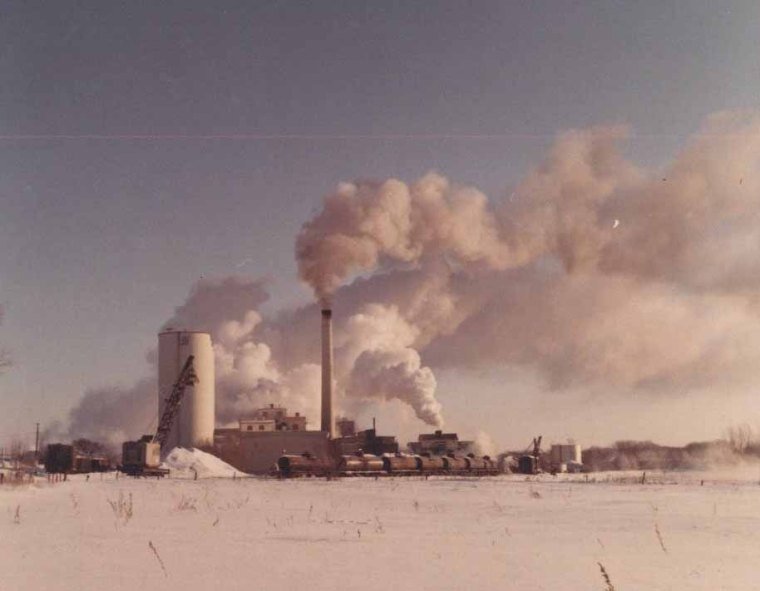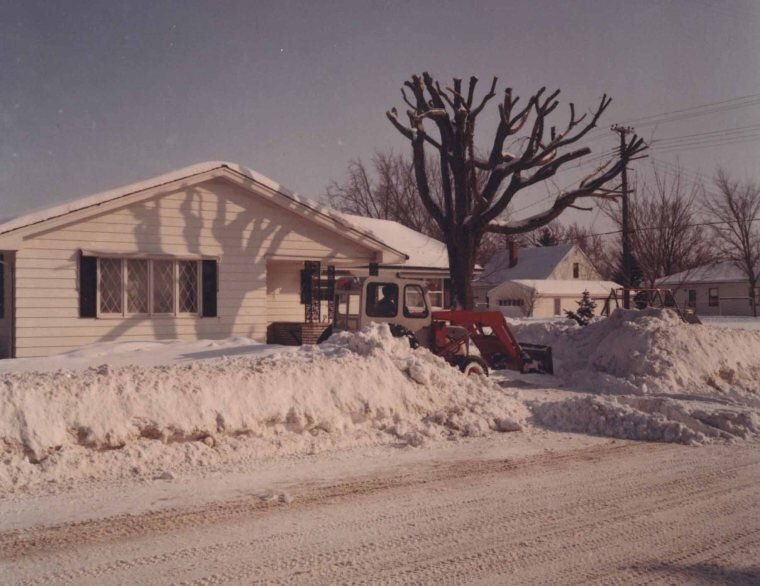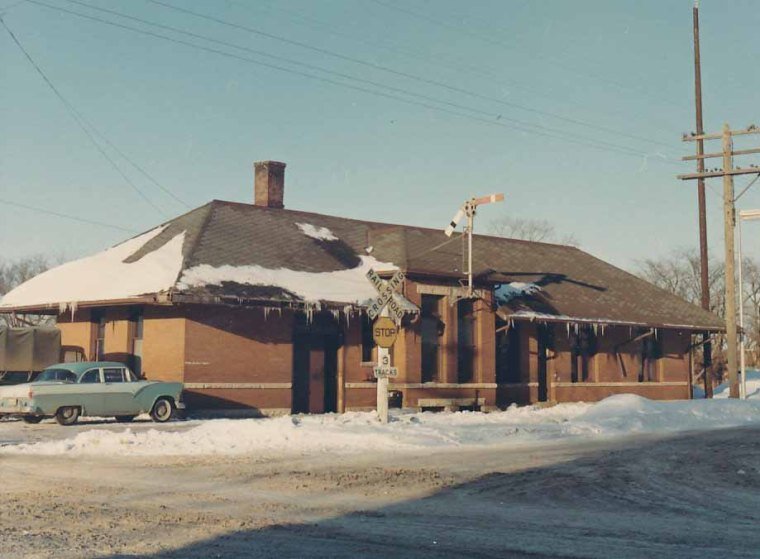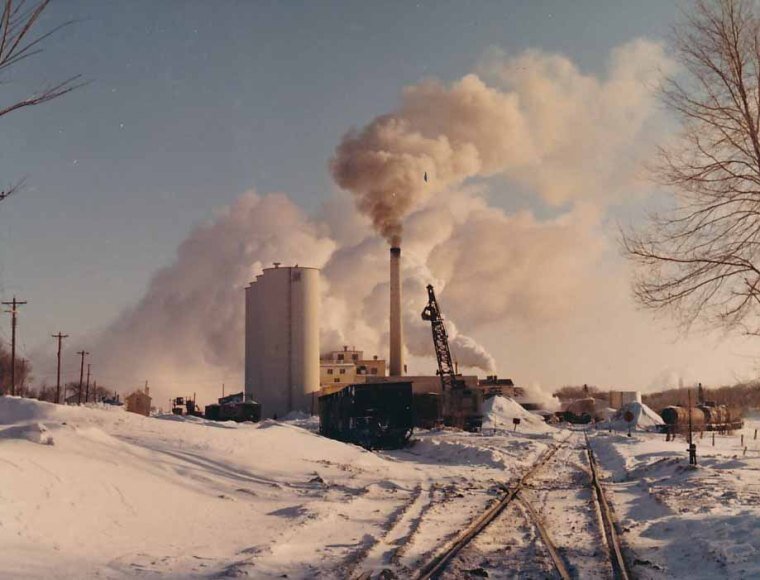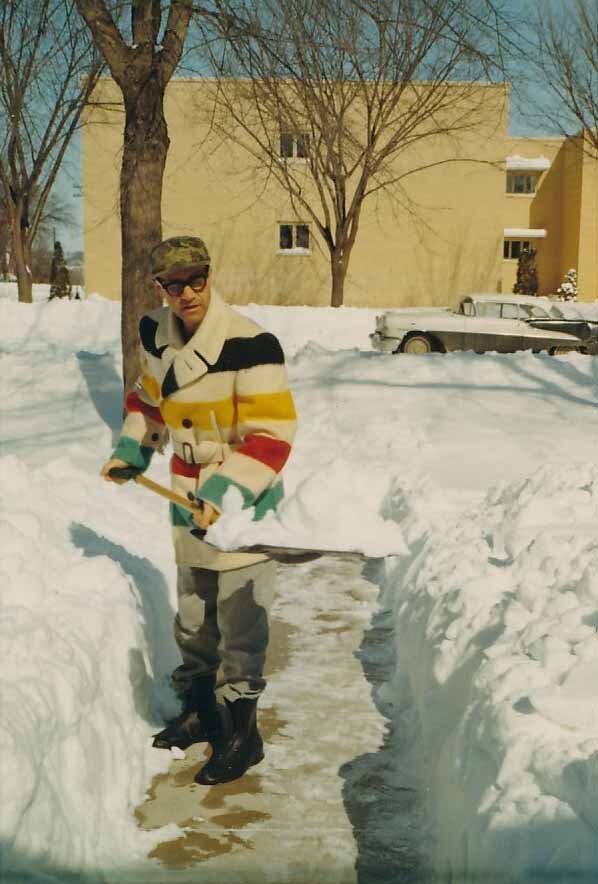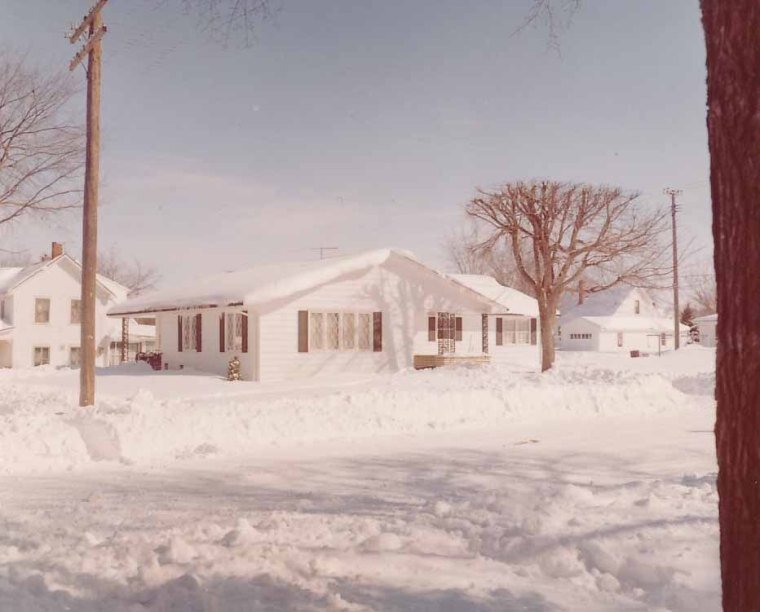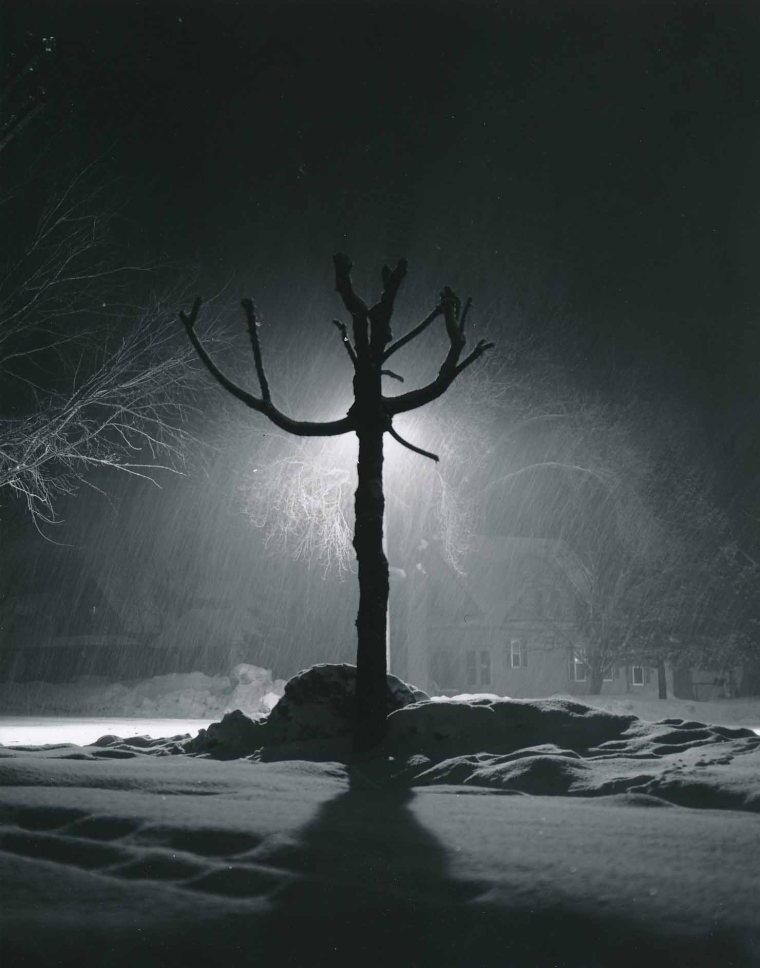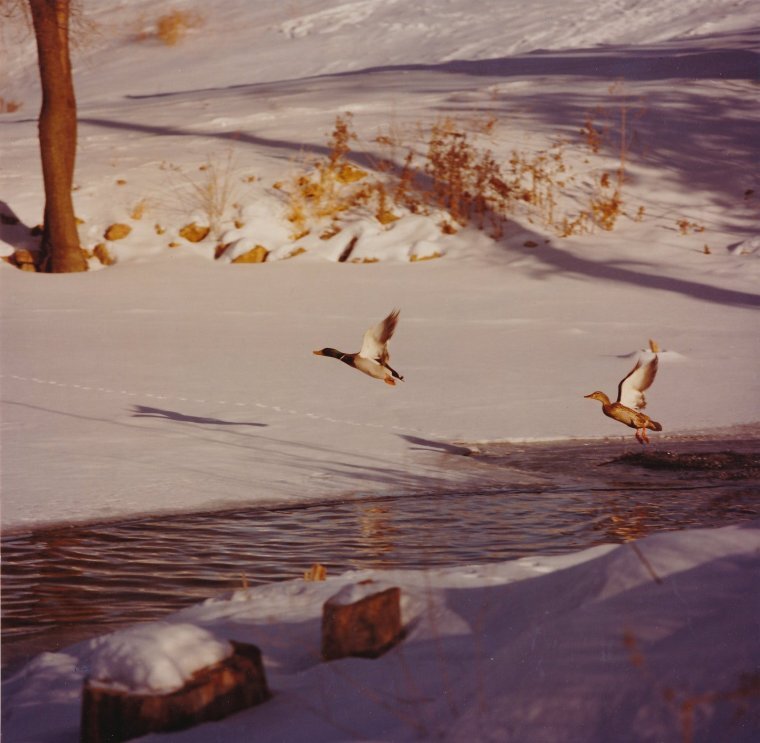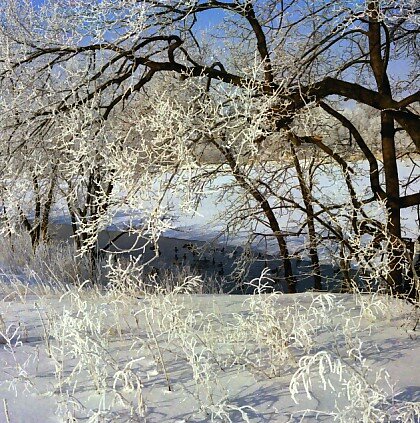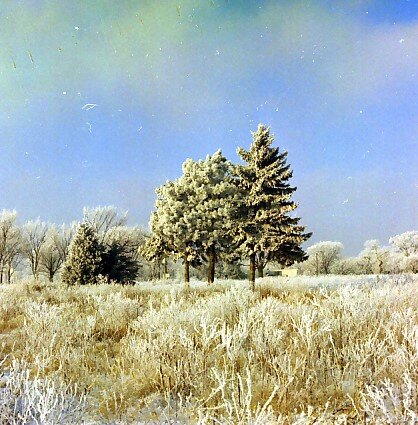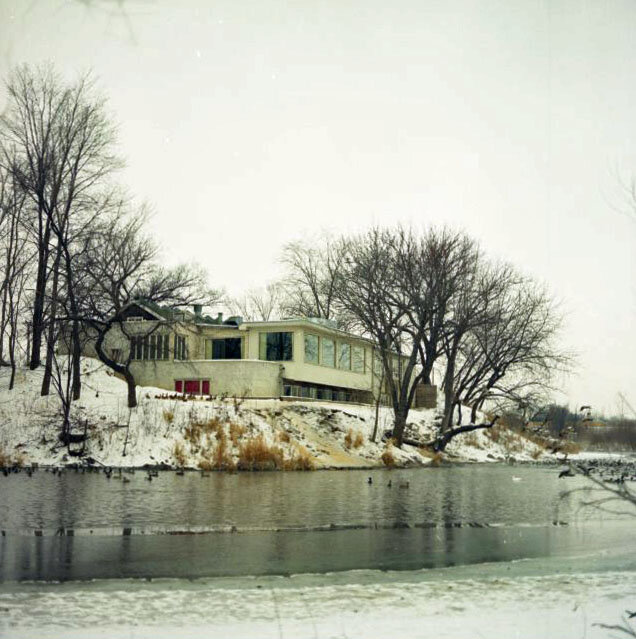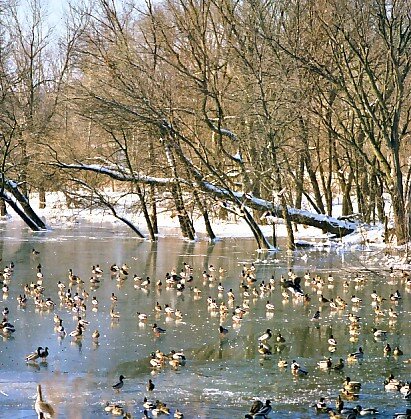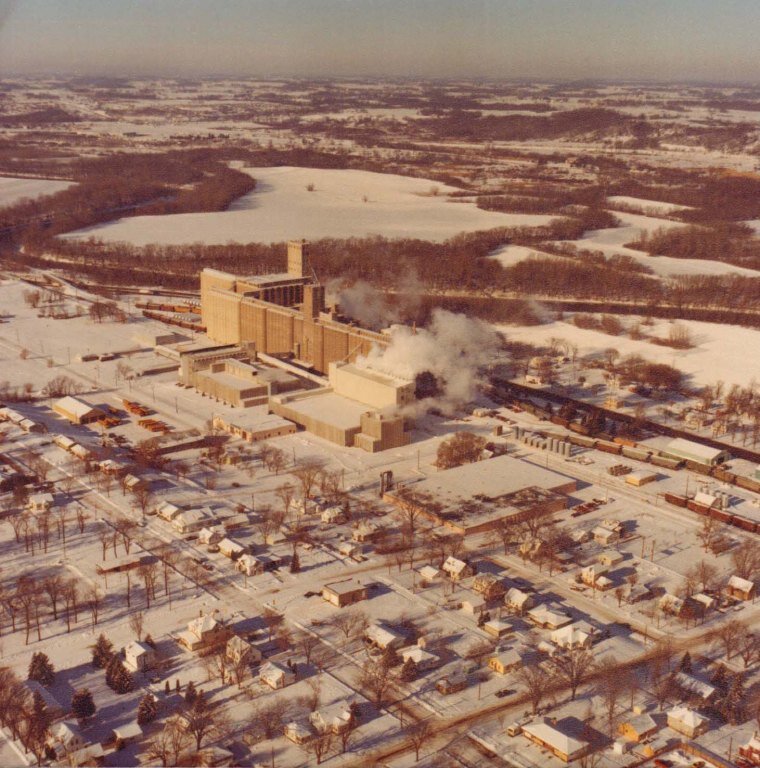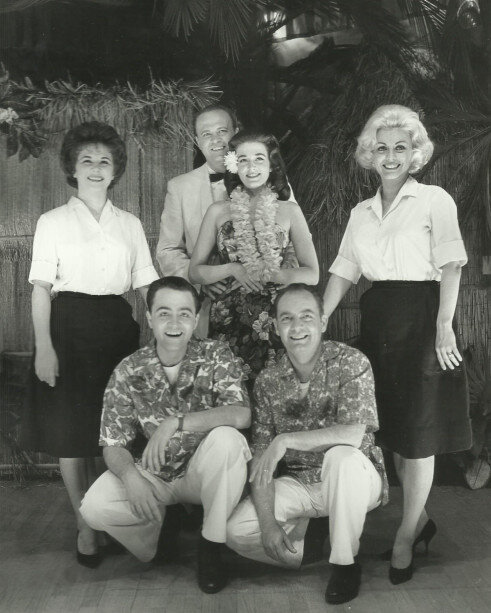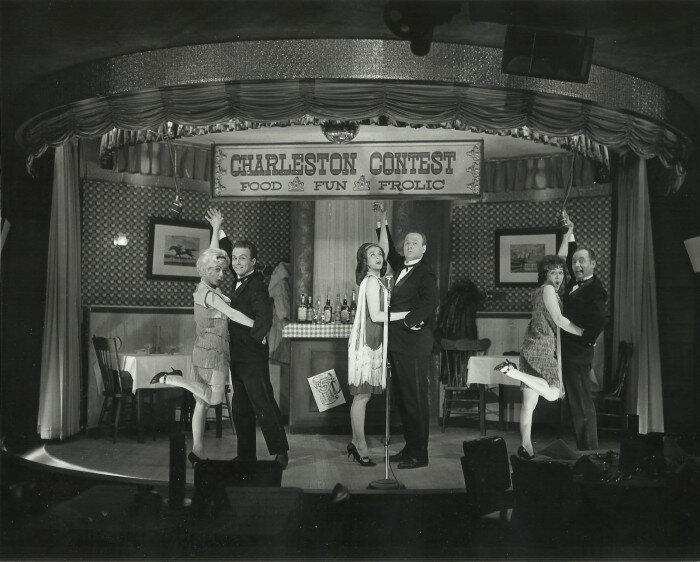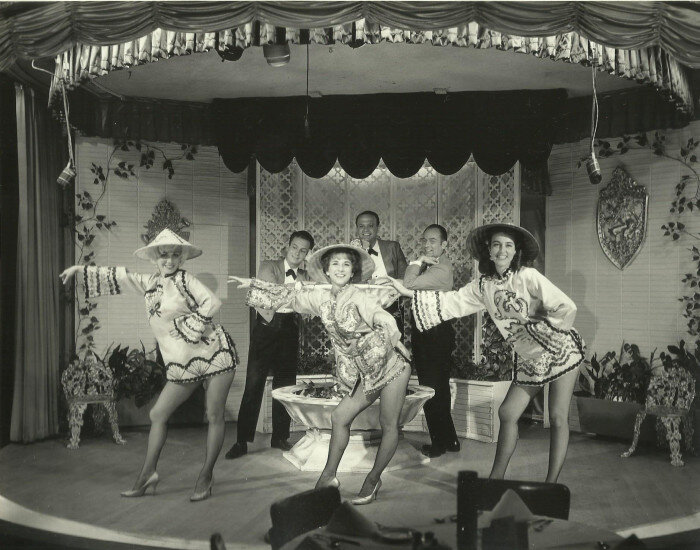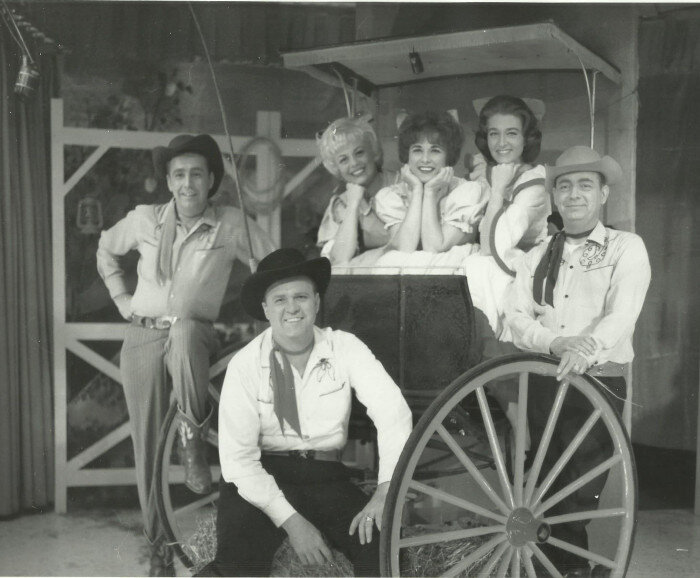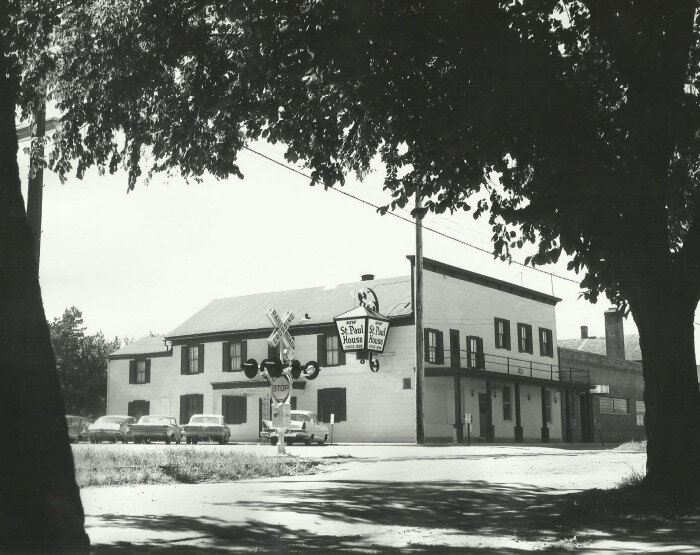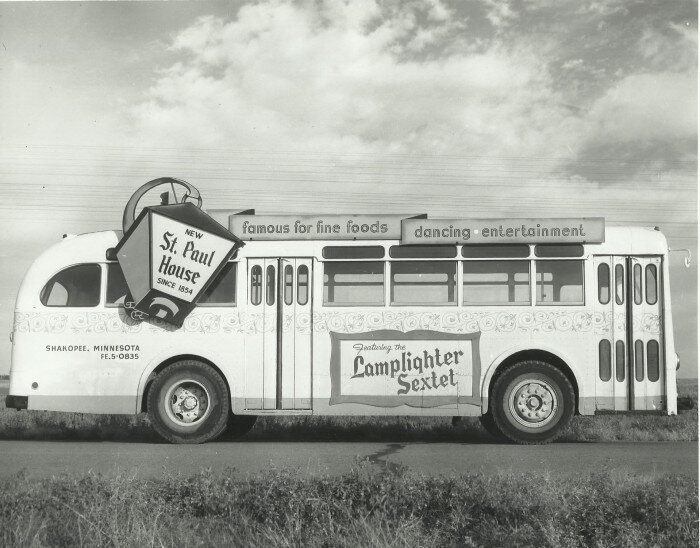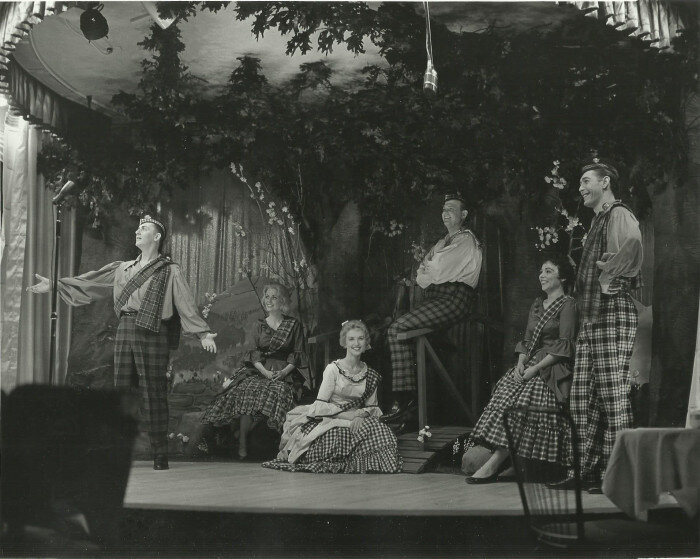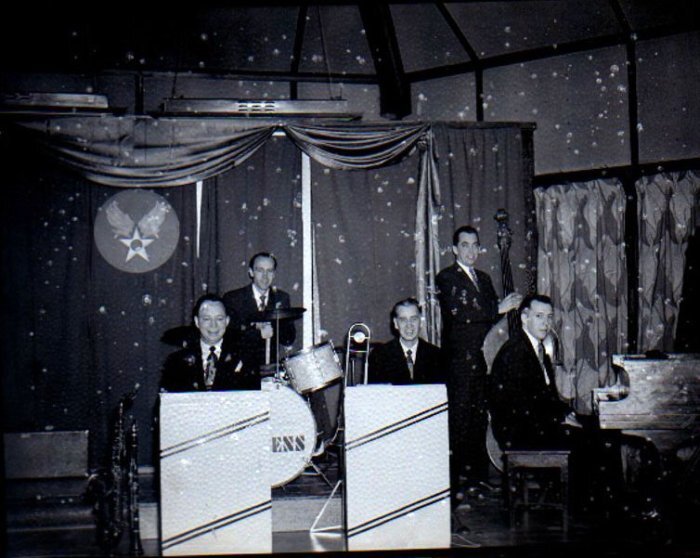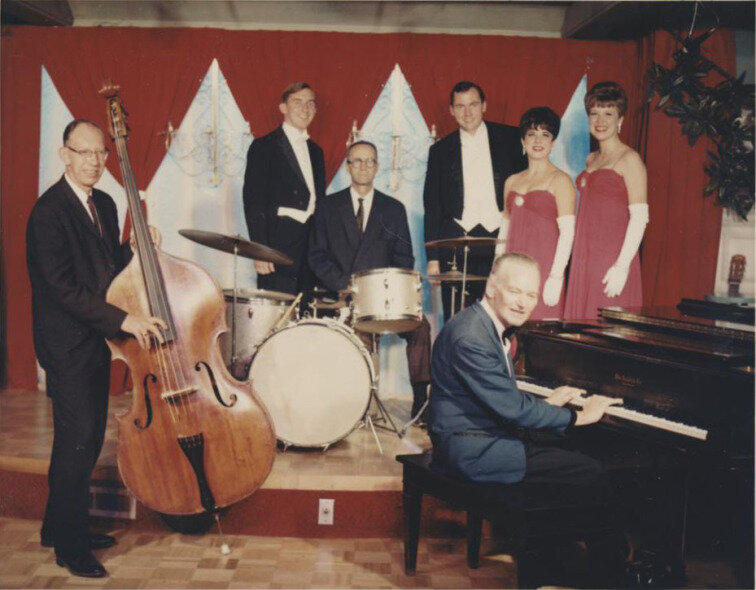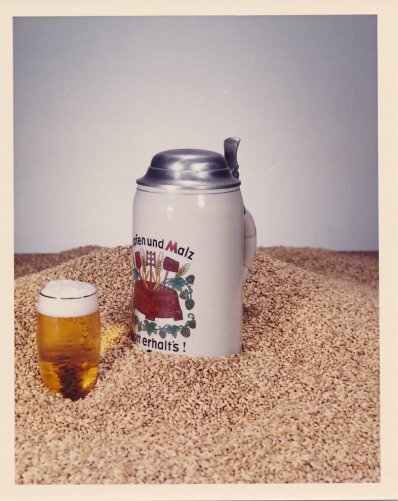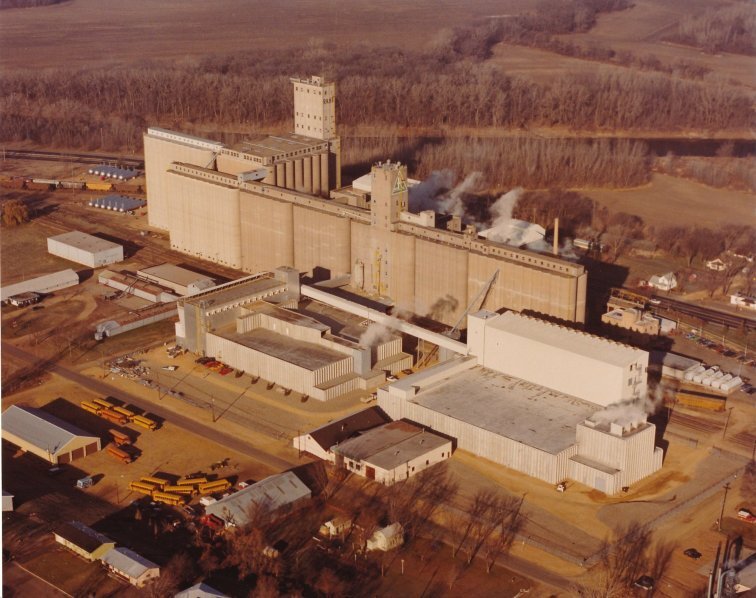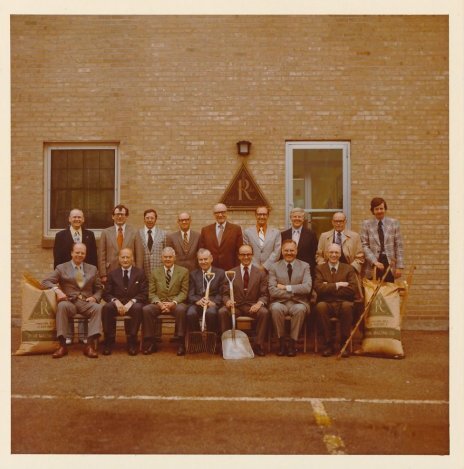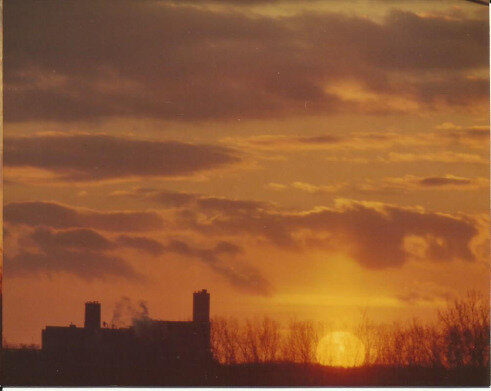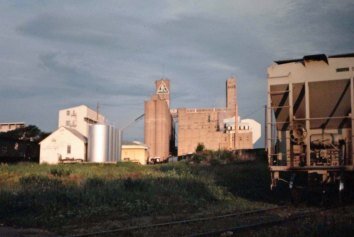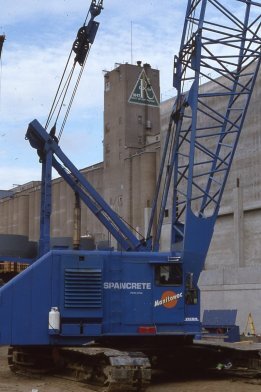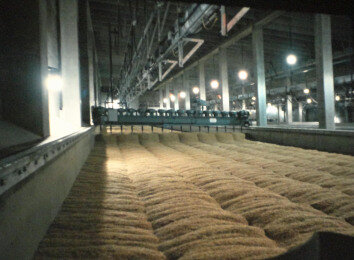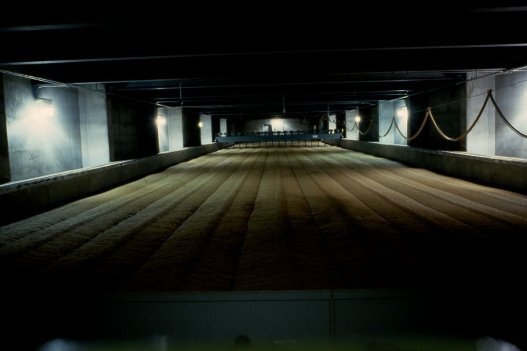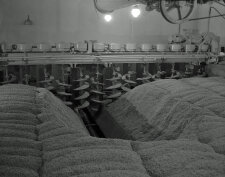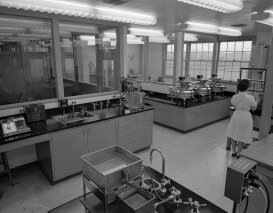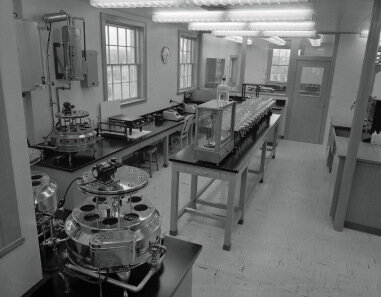As we finish inventorying our collection of LeRoy Lebens’ photographic work, a whopping 32,617 images, we thought it would be fun to share some of the most entertaining images that we’ve found through the past year. Having taken photos for most everything you could imagine: weddings, portraits, advertising, and nature, just to name a few, Lebens caught a lot of interesting and funny moments. These are only a small selection of what we have found. If you are interested in finding out more about the LeRoy Lebens collection, come by and give us a visit at the Scott County Historical Society.
Snowy Scenes of Scott County: Winter Images from the LeRoy Lebens Collection
As a man who seemed to always have a camera on hand, LeRoy Lebens managed to catch great photos of life in Scott County, even in the cold depths of Minnesota winters. As we continue an inventorying of his collection here at the Scott County Historical Society, a number of his photos have stood out, showing the beauty and life of Scott County in winter. Despite our current frigid temperatures, I feel that these photos are a great way to celebrate winter. If you’re interested in finding out more about the Lebens Collection, please come visit us at the Scott County Historical Society.
Paintings from Scott County Residents
Halloween has come and gone, and so November follows quickly behind. The first snowfall has already occurred, but luckily for us, it hasn’t been able to stick around. Before we know it, though, snow will be piled up around us.
Instead of focusing on the cold and dreary colors that will come soon, I feel it important to take a look at some colorful paintings that have been done by wonderful Scott County artists. Their bright and beautiful colors will surely amaze, whether they were done with oil, watercolor, or acrylic paint. We have many paintings, several from the same artists, but I have chosen to pick a variety of paintings to show the diversity of the painters and their skills throughout the county.
I like to think that pictures – or paintings, in this case, are worth a thousand words, so without much more to say about these paintings, I leave you to take a look at them below and enjoy.
I hope that these paintings brighten your day. Thank you to the artists who have taken their time to paint such wonderful images that are close to their hearts, as well as donating them to SCHS so we may preserve them for future generations. Feel free to visit SCHS to see these paintings in person, or donate paintings of your own.
Oil painting of the Moses Starr Titus residence in Shakopee, 1868. Artist unknown.
Painting of a street scene in Prior Lake 1965. Artist: John McGuire.
Pastel and acrylic painting of Joan of Arc, undated. Artist: Lorraine Coller.
Painting of St. Paul House, 1971. Artist: LeRoy Lebens.
Painting of Dallas Cowboy Tony Dorsett, date unknown. Artist: Dave Tommy (a Shakopee HS student)
Oil painting of Josephine Sand Grommesch. Artist: Patricia Kness, great-granddaughter,
Watercolor painting of Dr. Nevin’s House in Shakopee, 1993. Artist: Susan Melchior.
Watercolor painting of Murphy’s Landing, 1993. Artist: Susan Melchior.
Watercolor painting of the Old Monnens Farm in Shakopee, 1992. Artist: Lila Greenwood
The Lamplighter Sextet and the LeRoy Lebens Trio: Music at the St Paul House and the Shakopee House
During his lifetime in Shakopee, LeRoy Lebens spent a lot of time at the St. Paul House and its successor the Shakopee House participating in two of his great passions, music and photography, and the Scott County Historical Society is grateful to be able to house many of his photographs which document this period. From 1854 until its destruction in a fire in 1965, the St Paul House, located on the corner of Lewis Street and Second Ave, was known as one of the best places in the city to enjoy dinner and music. It attracted people from all over the Twin Cities, particularly on Friday and Saturday nights. Hosting music and entertainment six nights a week, the St Paul House brought a wide array of entertainment to Shakopee. Some of the most popular performances, which occurred on a regular basis, involved a group called the St. Paul House Sextet, also known as the “Lamplighters.” The original group was composed of Bruce Neilson, Ronelle Sinjem, Russ Miller, Bill Lutz, Ann Thorgrimson, and Jane Sorber. Together this group would perform shortened versions of hit Broadway shows and other musical skits. Being that LeRoy often performed at the St Paul House with his own band, the LeRoy Lebens Trio, he captured quite a few of their shows, as well as took promotional photography for them. Here are just a few of the photos he took of the Lamplighters, the LeRoy Lebens Trio, and some of the other acts to grace the stages at the St Paul House and the Shakopee House. If you’re interested in learning more about the Lebens Photograph Collection, the St Paul House, or Scott County in general, come by and visit us at the Scott County Historical Society!
A Successful Partnership: 81 Years of Rahr Making Malts in Shakopee
Continuing our inventorying of the photographic work of LeRoy Lebens here at SCHS, one of the more prevalent themes of his catalog is local businesses and their development. His photographs capture the construction and activity of many businesses throughout Scott County. However, one business seems to stand out among all the others, both in terms of numbers of photos and physical size, the Rahr malting plant in Shakopee. We thought it would be interesting to share a few of these images with you, along with a little background on this longtime member of the Scott County business community.
The Rahr family began a brewing business under the direction of German immigrant William Rahr in 1847 along the shores of Lake Michigan in Manitowoc, WI. Malted barley grain, necessary to the brewing process, was also produced by the family. It was this second factor that would ultimately prove to be their greatest success. Within a short time, Rahr began selling their excess malt to other breweries throughout the Midwest and eventually this became their primary focus until prohibition swept through the country in 1920. To survive prohibition, Rahr produced malt for use “near beers”, coffee, and dairy products. Fortunately for Rahr, as well as everyone else, prohibition came to an end in 1933 and they could again produce malt for a thirsty population.
Eager to reclaim its former dominance in malting for brewers throughout the Midwest, Rahr looked to expand beyond its Manitowoc location and built a state-of-the-art facility in Shakopee in 1936. They had many reasons for choosing Shakopee for their new facility. First, the malting process requires an abundance of good water, which the aquifer here provides at a constant temperate of 52 degrees, perfect for their needs. Second was proximity to barely, at the time the farmlands around Shakopee were producing some of the best barely in the world. Third was access to shipping facilities, ports along the Minnesota River and railroad service from Union Pacific and Canadian Pacific afford the factory the ability to quickly ship orders anywhere. Fourth was proximity to the Minneapolis Grain Exchange, which was the leading barley market in the nation. Rahr also found an eager workforce and a welcoming city in Shakopee, according to a February 6, 1936 article in the Shakopee Argus-Tribune.
This facility is now the largest single-site malt production facility in the world. Since 1936 the Rahr plant in Shakopee has undergone five more expansions, adding buildings in 1954, 1977, 1981, 1994, and 2016. The facility’s footprint is seven blocks long, two blocks wide, and dominates the skyline with its tall towers which can be seen for miles around. The added capacity has enabled an annual output of 460,000 metric tons of malt, while its 300 storage bins can hold upwards of 8 million bushels of barley. This kind of output makes Rahr an undeniable world leader in their field, providing malt and other supplies to roughly 90 percent of the breweries in the United States, from big names like Anheuser-Busch to the smallest local brewer. Despite having additional facilities in Taft, North Dakota and Alix, Alberta, the Shakopee plant serves as the company’s headquarters where they employ 240 people.
The images we have selected to show here were taken by LeRoy Lebens mostly from the 1960’s through the early 1980’s and show various stages of construction for new buildings, advertising, parts of production, and artistic shots.



